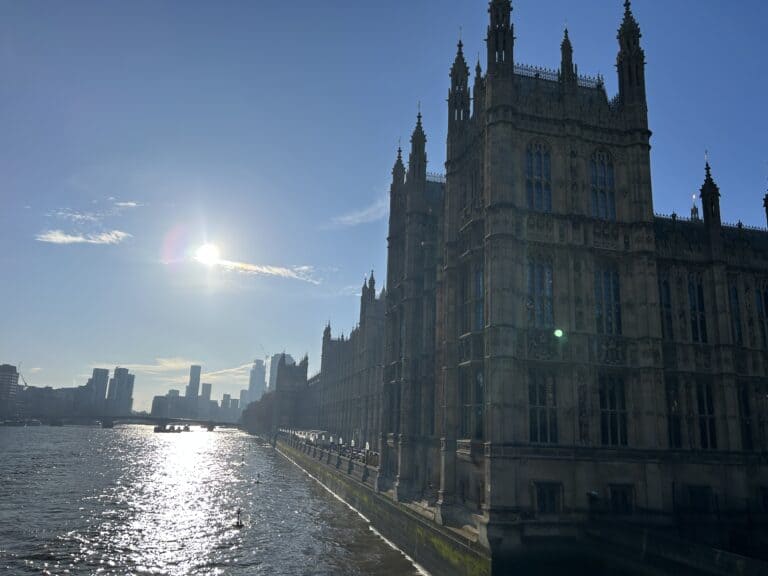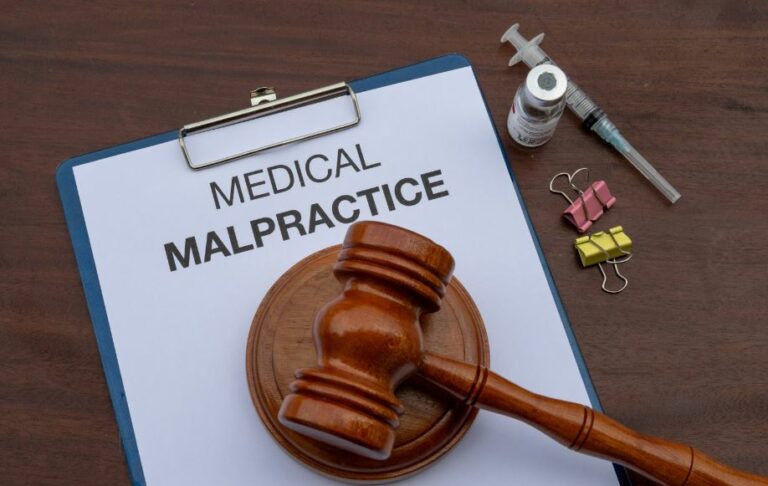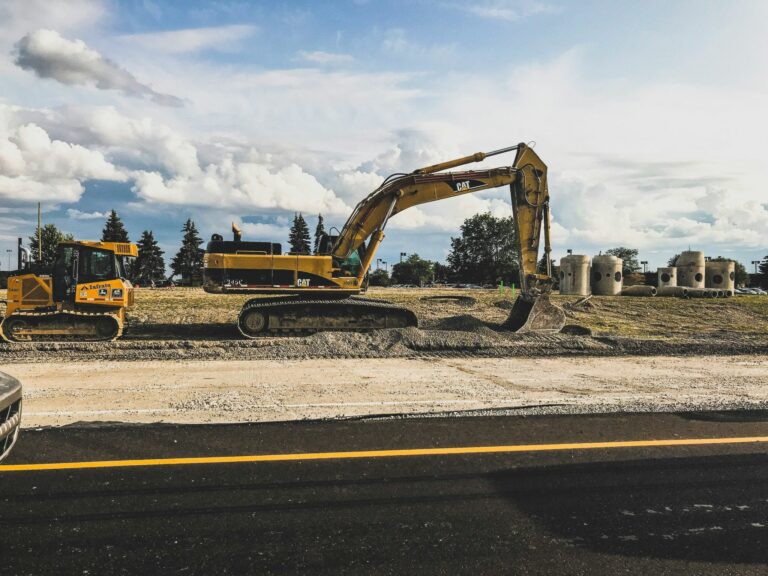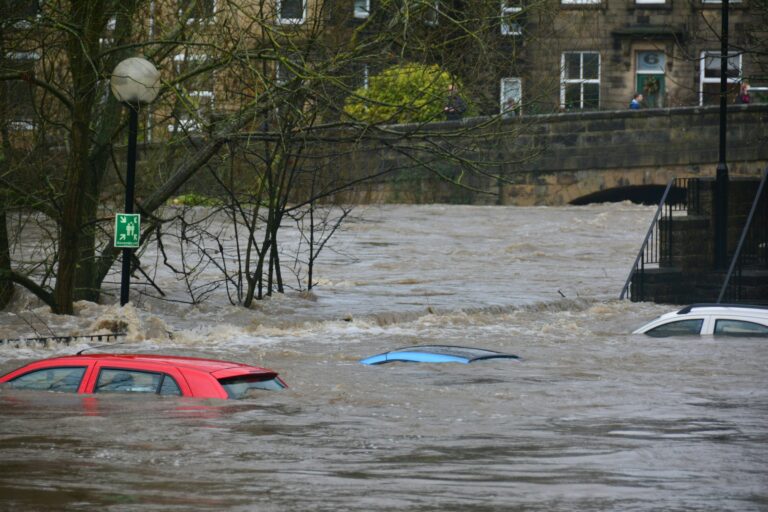As the owner or manager of a property management firm, you are responsible for meeting your obligations to commercial tenants. By meeting those obligations, you help your tenants’ businesses thrive as well as keep yourself safe from charges of negligence and insurance claims.
Furthermore, as general legislative trends see more and more senior managers, directors and officers being held accountable for lax workplace health and safety as well as neglected maintenance responsibilities, it would benefit you to become familiar with common commercial property owner liabilities in order to ensure that you are protecting yourself with thorough risk management and comprehensive cover.
Commercial Landlord Responsibilities
Like a residential landlord, you are responsible for ensuring that your properties are safe, healthy places. These responsibilities will vary and will generally only apply to common areas and aspects of the building used by every tenant, such as maintenance and repair of the building itself. While this is not always the case, you can shift your landlord liability to your tenants in the terms and conditions of your lease. Depending on your property and lease, you may be responsible for the following:
- Fire safety
- Maintenance and repairs, carrying risks of working at height, slips and trips, and hazardous substances
- Fixtures and fittings, carrying risks of electrocution and fires
- Waste management, carrying risks of pests and sharp objects
- Asbestos, carrying risks of tenant ill health, fines and prison
- Gas and electricity, carrying the risk of fire, electrocution and ill health
- Refrigeration, air conditioning and heating systems, carrying risks of legionella
Risk Mitigation for Commercial Properties
As the owner or manager of a property management firm, there are procedural safeguards that you can implement in order to lessen risk and limit your liability.
- Conduct an annual and thorough risk assessment for every property. Even though you may not be directly responsible for fire safety, always include fire safety in your assessments, which should verify that all fire control measures are in good, working condition.
- Hire only certified professional contractors. Have the contractors provide their risk assessment and method statement as well as display evidence of necessary insurance before they can begin work.
- Require staff to wear safe shoes with good grip, use cordless tools whenever possible, provide doormats for wet weather, keep the floors in good condition and display warning signs for wet floors and other hazards.
- Implement a regular inspection programme for all fixed electrical installations and any electrical equipment that you have personally supplied.
- Provide staff with training on how to properly handle hazardous substances. Along with the training, you should supply them with the appropriate supplies, such as long-handled mops, gloves and other personal protective equipment.
- Require that pesticides be stored in a locked, metal cupboard.
- Hire a specialist contractor annually to conduct a legionella bacteria risk assessment for all of the property’s hot and cold water systems.
- Train staff on how to handle heavy, awkward items properly.
- Establish a good rapport with the local police.
- Chart a clear chain of responsibilities concerning repairs and complaints.
- Ensure that the property lease is a full repair and insurance (FRI) lease, as this can limit your liability in the event of an incident. FRI leases make tenants responsible for the cost all repairs and insurance. Despite the name ‘full’, FRI leases will not completely absolve you of liability. They may not be suitable for all of your properties, especially if it’s a short-term lease.
Understanding the Code for Leasing Business Premises
The Code for Leasing Business Premises (the Code) is a voluntary practice intended to promote fairness in commercial leases. Landlords that choose to follow the Code adhere to 10 distinct requirements to ensure that their leases are clear, concise and authoritative. Even though the Code is optional, it is a beneficial risk management practice that helps to prove that you have undertaken due diligence and managed your risk effectively. To ensure that your future leases are Code-compliant, be sure they have the following points:
- Lease negotiations. Your written offer must clearly state the following:
- The cost of rent
- The length of the lease and break rights, if applicable
- Whether tenants have security of tenure
- Rent review arrangements
- The right to assign, sublet and share the premises
- Repair obligations
- The value-added tax (VAT) status of the premises
- Rent deposits and guarantees. The lease should clearly state any rent deposit proposals, including the amount, for how long and the arrangements for paying or accruing interest at a proper rate.
- Length of term, break clauses and renewal rights. The length of the term must be clear. The only preconditions to tenants exercising any break clauses should be that they are up to date with the main rent, give up occupation and leave behind no continuing sublease.
- Rent review. Rent reviews should be clear and headline rent review clauses should not be used. In addition, if requested, you may offer alternatives to your proposed option for rent review priced on a risk-adjusted basis.
- Assignment and subletting. Leases should be written in a way to support the following:
- Allow tenants to assign the whole of the premises, with your consent not to be unreasonably withheld or delayed.
- Not refer to any specific circumstances for refusal.
In addition, authorised guarantee agreements should not be required as a condition of the assignment.
If you allow subletting, the sublease rent should be the market rent at that current time.
- Service charges. During negotiations, you must provide your best estimates for service charges, insurance payments and any other outgoings that tenants will incur under their leases. You must also disclose known irregular events that would have a significant impact on the amount of future service charges.
- Tenants should be required to leave the premises in the same condition as when they signed their lease. Their repairing obligations should mirror their leases’ terms and the condition of the premises.
- Alterations and changes of use. Your control over alterations and changes of use to the property should not be more restrictive than is necessary to protect the value of the premises. In addition, tenants should notify you about any internal non-structural alterations. However, tenants should not need your consent unless the alterations could affect the services or systems of the property. If tenants do make any alterations, you should not require them to remove any alterations made, unless it’s reasonable to do so.
- If you are insuring your property, the insurance policy terms should be fair, reasonable and represent value for money. The policy should be placed with a reputable insurer, and you should provide full insurance details upon request.
Rent suspension should apply if the premises are damaged by an insured or uninsured risk, as long as it was not caused by a deliberate act by your tenant. If the property is damaged by an uninsured risk and becomes inhabitable, tenants should be allowed to terminate their leases unless you agree to rebuild at your own cost.
- Ongoing management. You should handle all hazards and defects promptly, and deal with tenants in an open, constructive way. In addition, at least six months before the end of the tenant’s lease, you should provide a schedule of repairs to enable tenants to carry out any necessary works. For any necessary repairs, you should provide tenants with an estimate of the costs involved.
Limit Your Liabilities and Stay Successful
Contact RS Risk Solutions Ltd for more information on limiting your liability as a commercial landlord. Our insurance professionals can craft a bespoke commercial landlord policy that mitigates your liability, protects your tenants and ensures your success.












